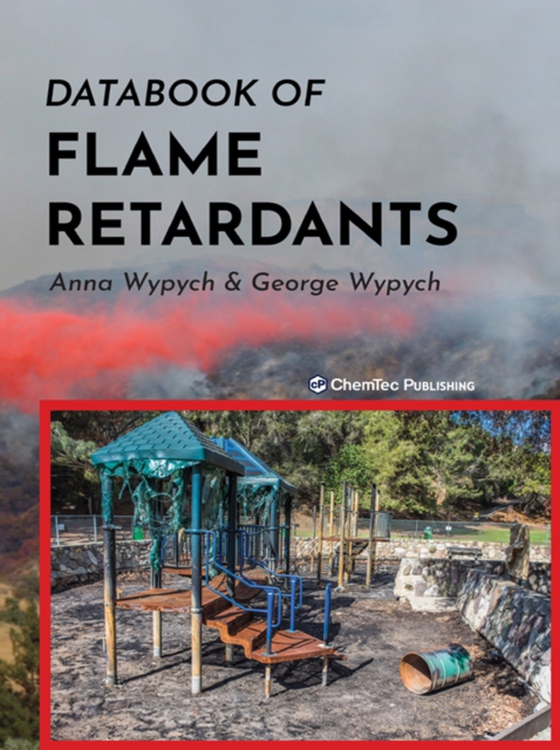
Databook of Flame Retardants e-bog
2921,57 DKK
(inkl. moms 3651,96 DKK)
Databook of Flame Retardants contains information on commonly-used additives broken out into five sections, including General, Physical, Health and Safety, Ecological, and Use. Over one hundred types of data are included for over three hundred and fifty commercial-based products. All data fields are defined and include a broad range of information, such as calcium contents, molecular mass, brig...
E-bog
2921,57 DKK
Forlag
ChemTec Publishing
Udgivet
26 januar 2021
Længde
494 sider
Genrer
Industrial chemistry and chemical engineering
Sprog
English
Format
pdf
Beskyttelse
LCP
ISBN
9781927885727
Databook of Flame Retardants contains information on commonly-used additives broken out into five sections, including General, Physical, Health and Safety, Ecological, and Use. Over one hundred types of data are included for over three hundred and fifty commercial-based products. All data fields are defined and include a broad range of information, such as calcium contents, molecular mass, brightness, freezing/melting points, viscosity, volatility, UN/NA class, autoignition temperature, partition coefficient, processing methods, concentrations used, and more. This book is best utilized in tandem with the Handbook of Flame Retardants.Each book complements the other without repeating information, with the other release explaining the role of these products, their selection, mechanism of action, use in different polymers and products, and health and commercial issues related to flame retardants. Provides key physical, health and safety, ecological, and application data for over 350 commonly-used fire retardant additives Covers halogenated, inorganic, phosphorus, intumescent, and nitrogen-based fire retardants Data listed includes CAS #, chemical class and name, decomposition temperature, electrical conductivity, IMDG class, biodegradation probability, product and resin recommendations, guidelines for use, and more
 Dansk
Dansk

